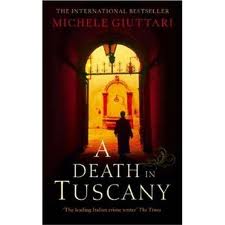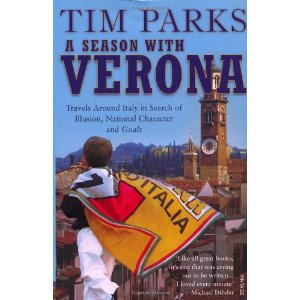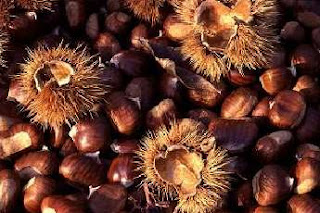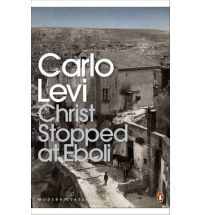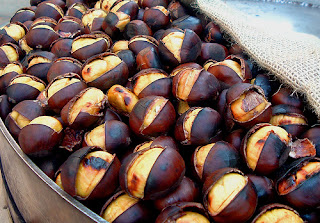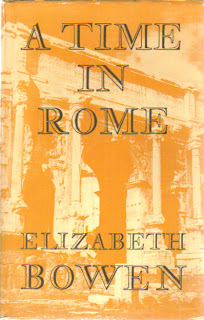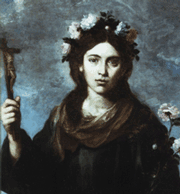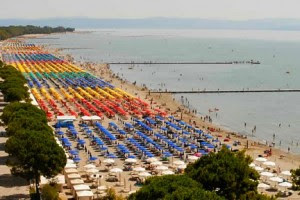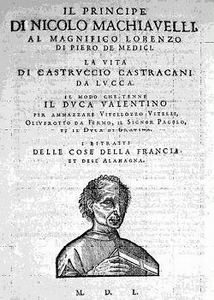Well, I almost made it. I almost read one book about Italy per month, for a year. Almost. But not quite. I haven't done a December book review. By the way, if you want to check out the December reviews on the Book after Book website, from those clever folk who have better time-management skills than me, click here.
I've enjoyed the challenge, although sometimes it's been tough reading one Italy-related book a month. It's left me feeling a little one-dimensional at times. However, I will continue to post new book reviews. I hope you'll still come and visit to read the reviews and leave comments.
So this year, I read 11 books, ranging from historical fiction to modern day Mafia, from Italian football to crime. Here's the full list (with links to my full reviews) not in chronological order, but in my order of preference.
1. A Season with Verona by Tim Parks
Maybe I'm a little biased. I like football. I like Italy. This book is tailor-made for me. Even if you don't care for soccer though, it's written well enough to take you along for the ride.
2. Rubicon by Tom Holland
Rubicon is a narrative history book that covers the rise and fall of the Roman Republic. It's ambitious certainly, but also quite bewitching. It covers the entire history of the republic, but is written in a style which is anything but dry and academic. This style means that even those with little previous knowledge of Roman history (such as me) can soon find themselves totally engrossed in the story of the Republic's rise and fall.
3. Naples '44 by Norman Lewis
Naples '44 is an autobiographical account of a British army intelligence officers experience in Naples in 1944. It's a beautifully written even-handed portrayal of the craziness of war, told with affection and intelligence. I enjoyed it immensely.
4. Christ stopped at Eboli by Carlo Levi
Christ stopped at Eboli by Carlo Levi was first published in 1945 and is a first-hand account of the author's exile in the towns of Basilicata during 1935-1936. The book doesn't really go anywhere, there isn't really a plot, a murder mystery to solve, or anything like that, but it's none the poorer for it.
5. The Prince by Niccolò Machiavelli
Il Principe is a political treatise from the 16th Century, and is considered to be the Bible of realpolitik. This is a fascinating book, even if you're not into politics.
6. Gomorrah by Roberto Saviano
I have to recommend Gomorrah by Roberto Saviano as an excellent book for those with an interest in the murkier side of Italy. Saviano writes beautifully, from the heart. He writes with passion, and his frustration at the stranglehold il sistema holds on his city is evident throughout the book. It's a must read.
7. Etruscan Places by D.H. Lawrence
Etruscan Places follows D.H. Lawrence as he travels around the maremma with his companion Brewster, staying in cheap hotels as he visits Etruscan ruins in Cerverteri, Tarquinia, Vulci and Volterra. An interesting read, both for the Etruscans and also as an insight into Italy as it was in the time of D.H. Lawrence.
8. See Naples and Die by Penelope Green
Set in Naples, See Naples and Die is the story of Australian journalist Penelope Green's adventures as she moves from Rome to her new home, in search of a new life and the one thing missing - gainful employment. This was a pleasant holiday read while in Naples, so I enjoyed it. Had I never been to Naples however, I would have been less bothered.
9. The Solitude of Prime Numbers by Paolo Giordano
The Solitude of Prime Numbers follows the lives of two people, Mattia and Alice, recounting character-building (and destroying) episodes during their formative years, and their subsequent search for that missing something as they get older. I found the book intriguing, but it did seem to fizzle out after half way through.
10. A Death in Tuscany by Michele Giuttari
A Death in Tuscany is a relatively fast-paced crime thriller that follows the head of Florence's elite Squadra Mobile as he tackles an ever-evolving case that starts with the discovery of a young girl's body and leads to him fearing for his career, friends, and his own life. It's a pleasant read, but nothing special.
11. A Time in Rome by Elizabeth Bowen
Despite coming last in my list (it was a tough year, there were lots of strong candidates etc., etc.) I still enjoyed this book. Unfortunately, the writing style didn't quite work for me, and I found it hard-going in some sections.
If you fancy reading any of the books above, they can be found in the special 'Italy in Books' section of the LazioExplorer amazon store.
I'd like to thank all those kind, generous bloggers who have not only commented on my book review posts but also everyone else who has taken part in the Italy in Books challenge. Finally, of course, I have to thank Brighton Blogger herself, who came up with the idea. I hope to hear from you all again, both on your blogs and from your comments on my new book reviews in the new year!
Think I've got the order wrong? Leave a comment below.
